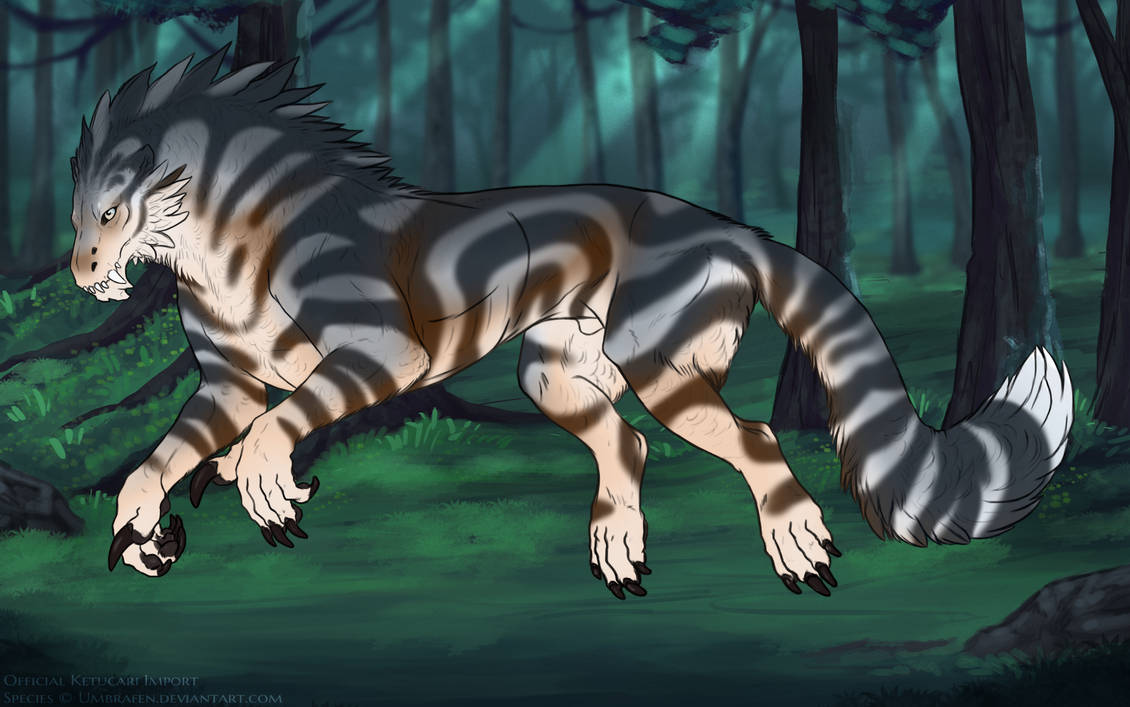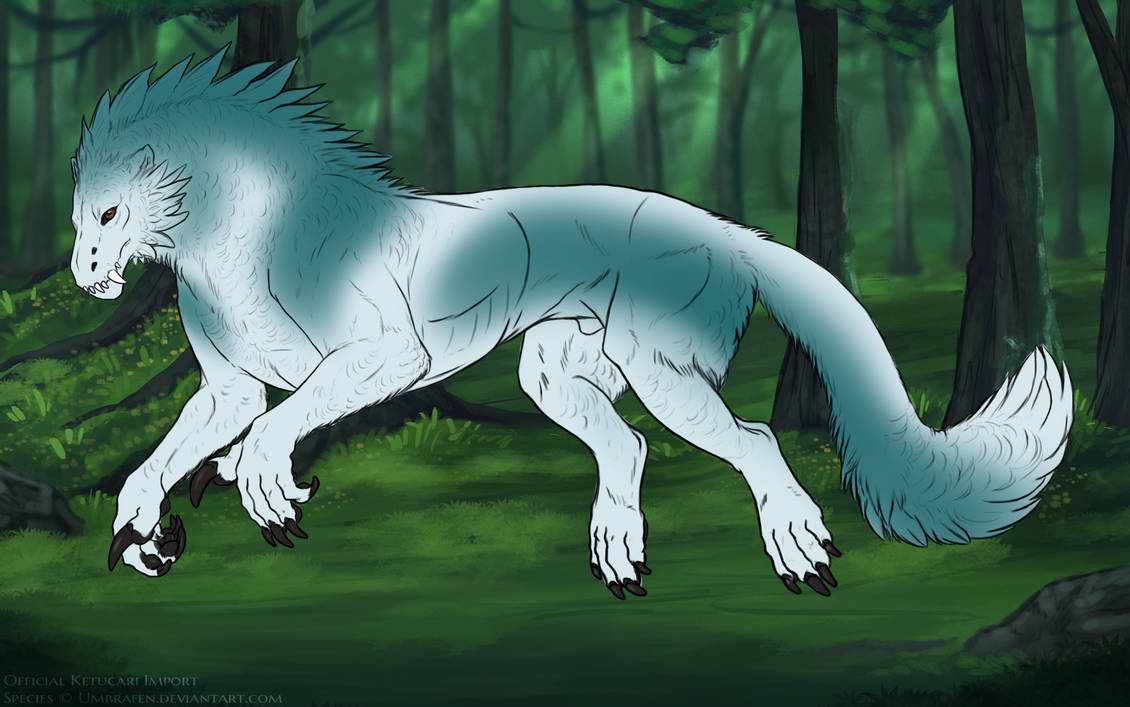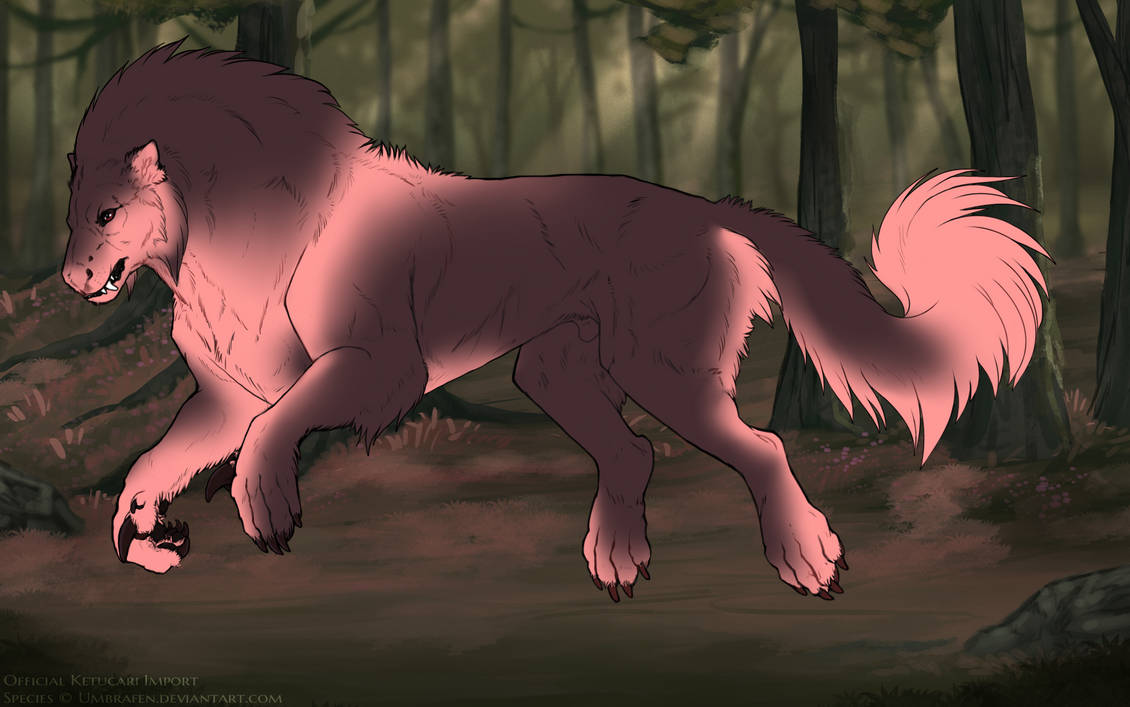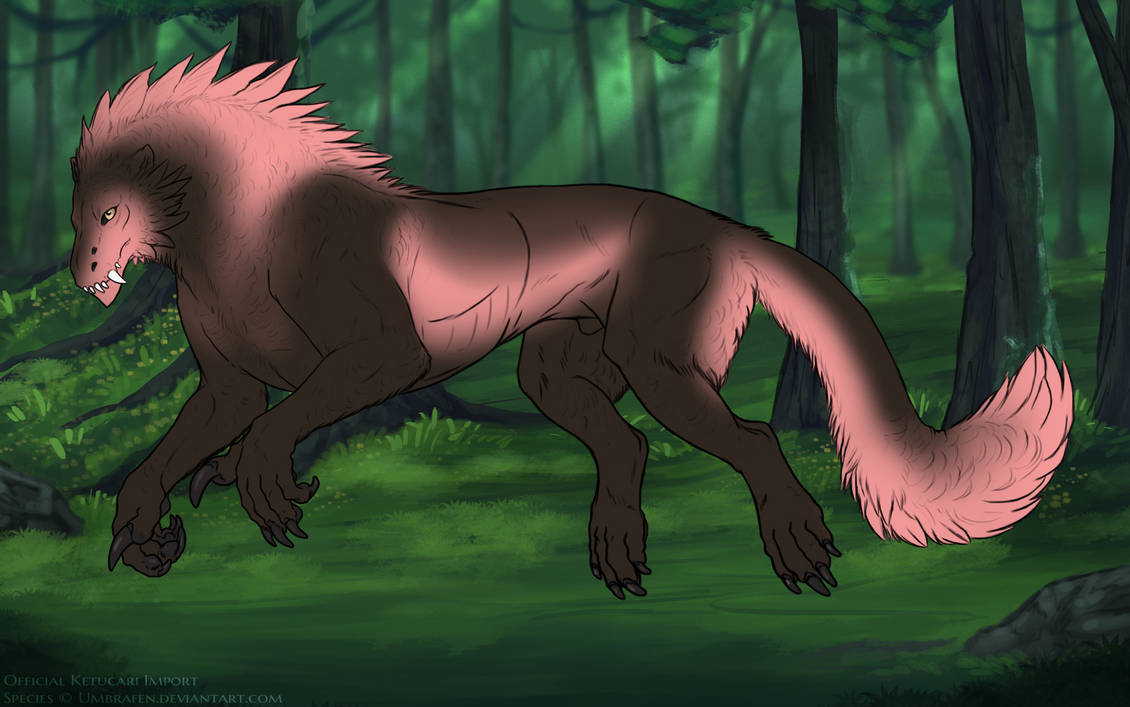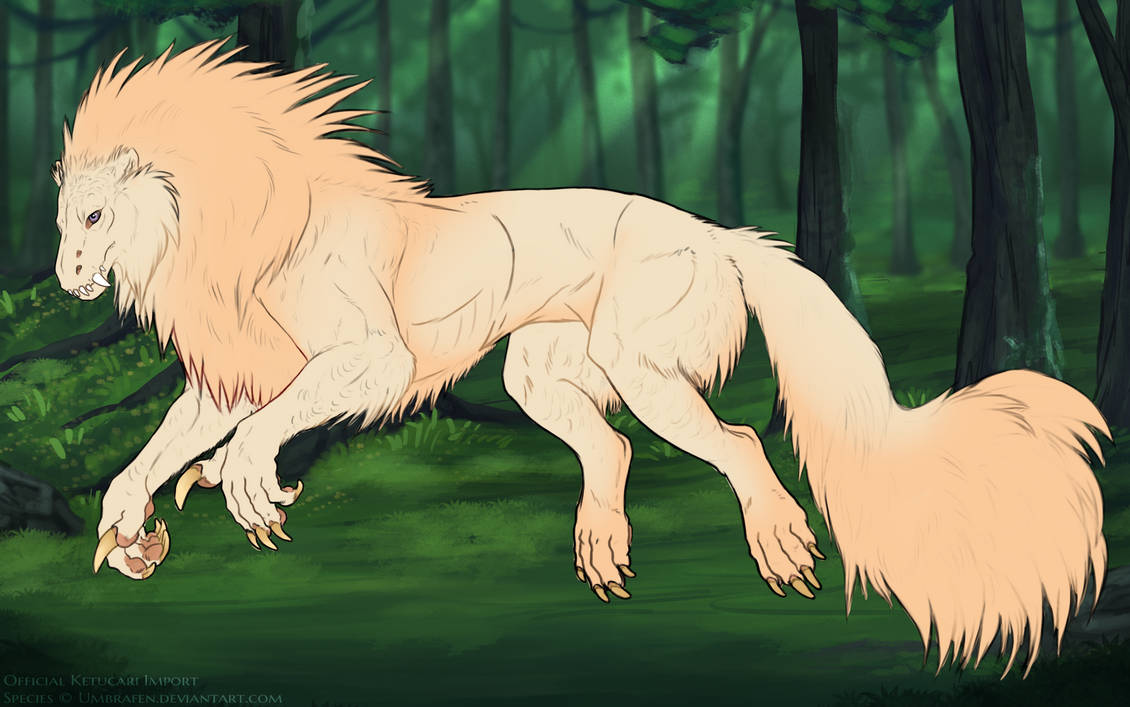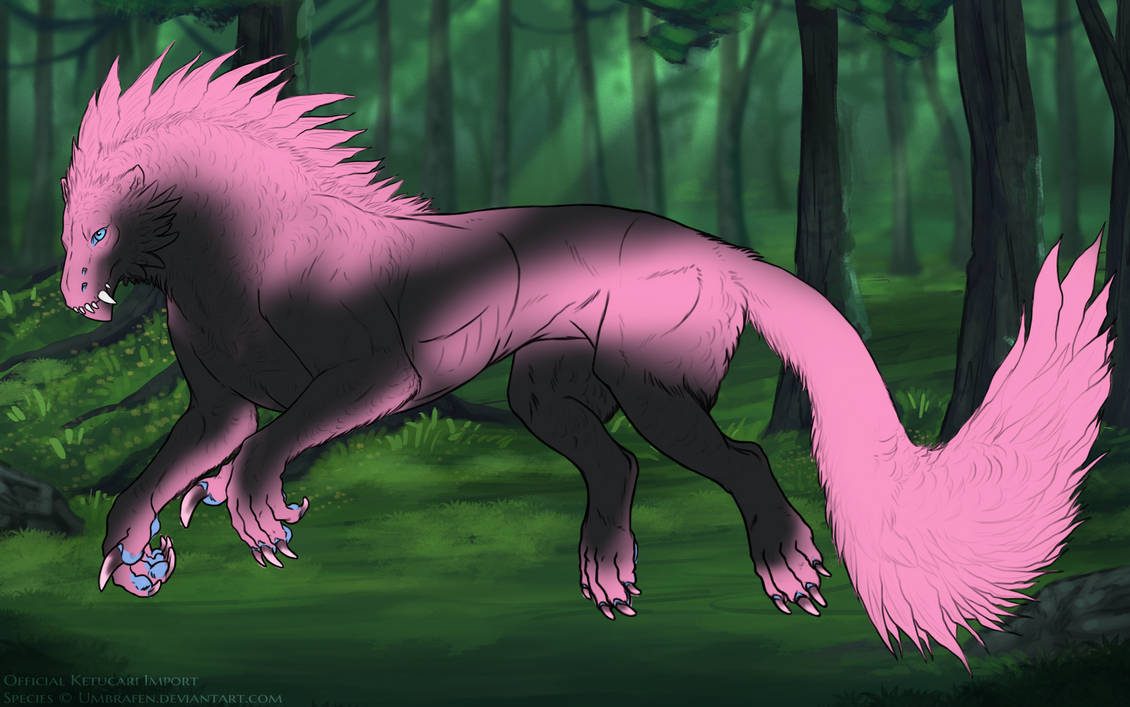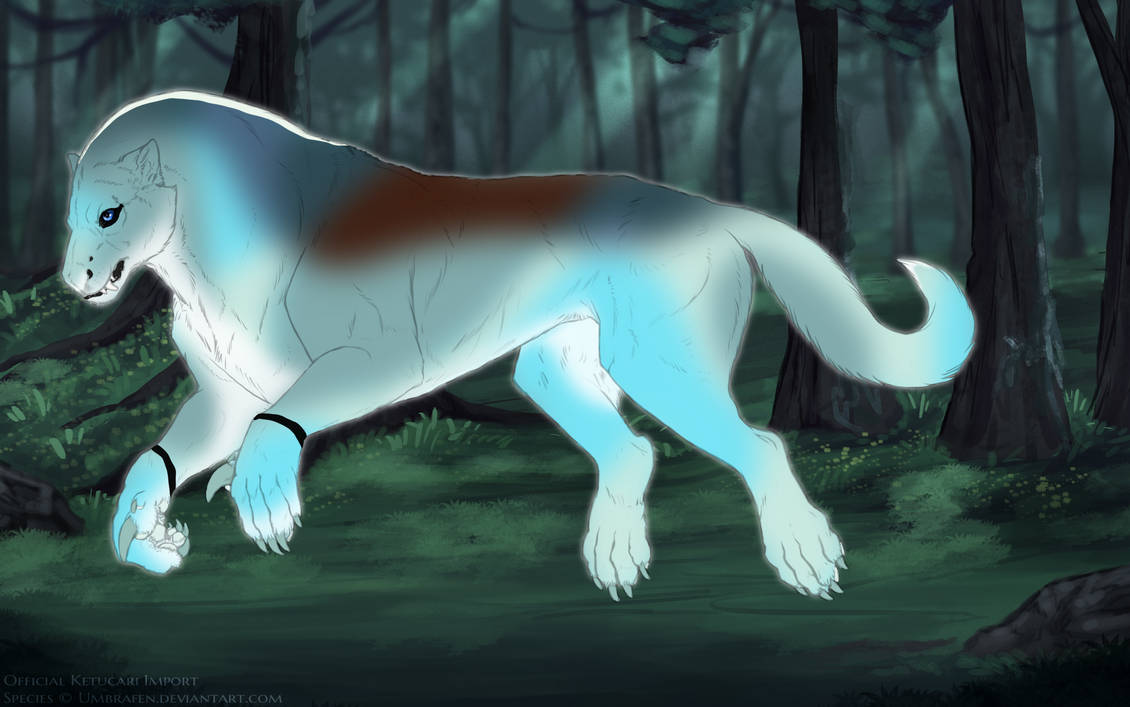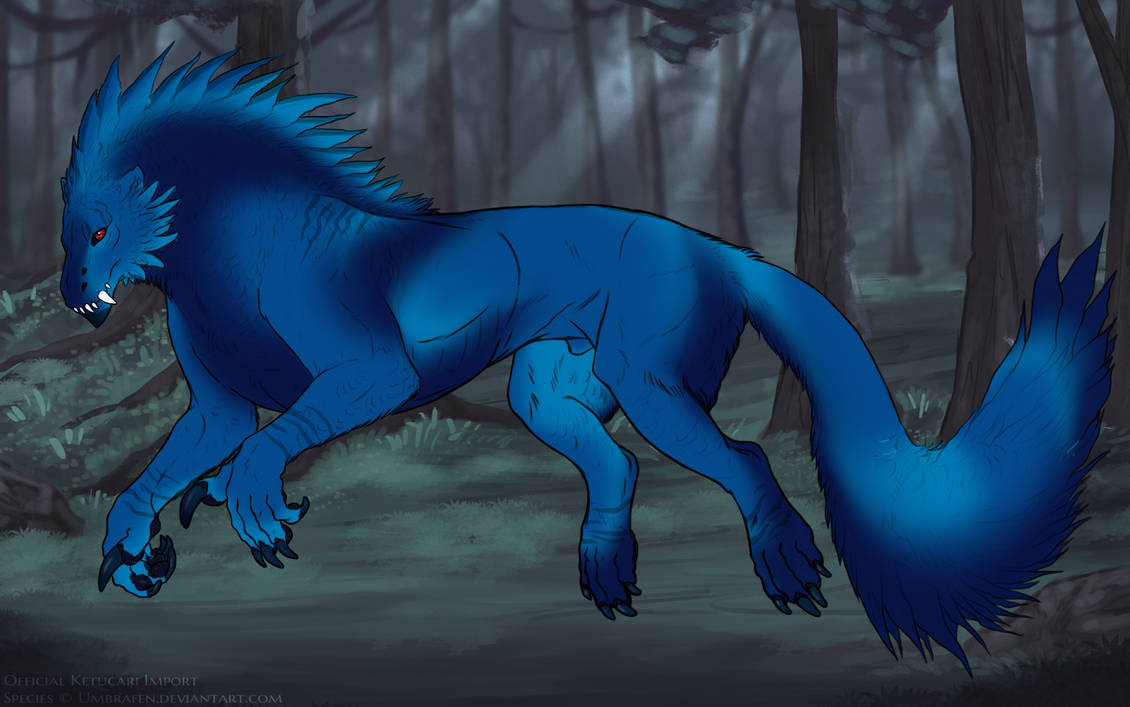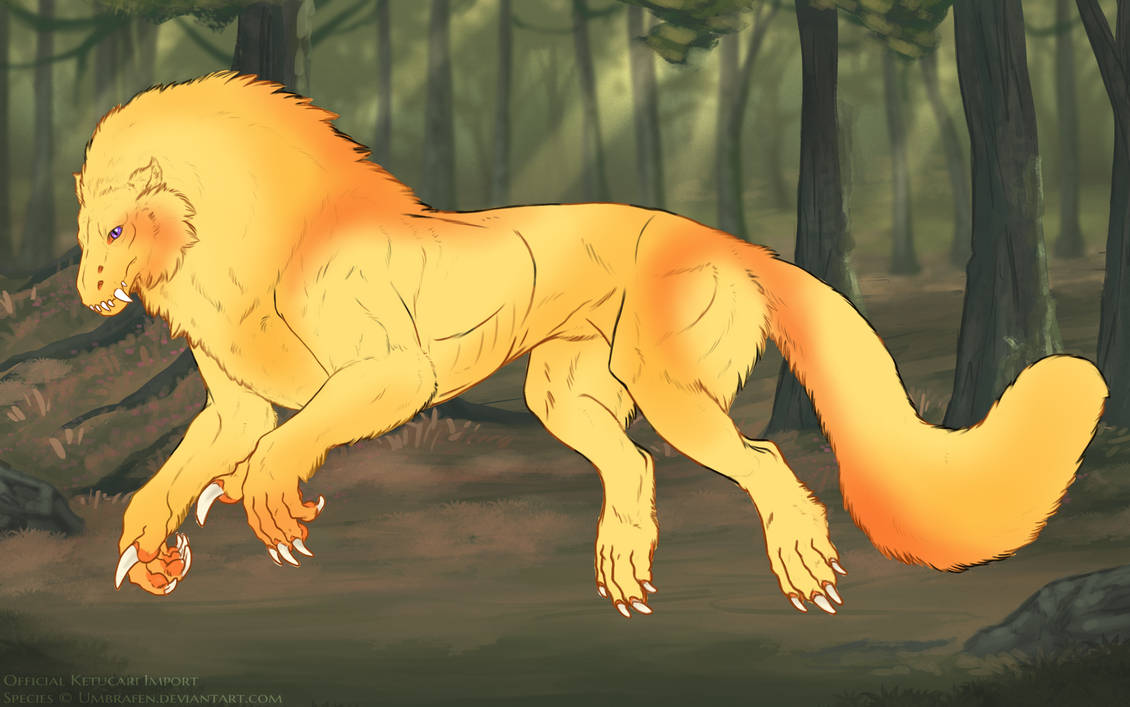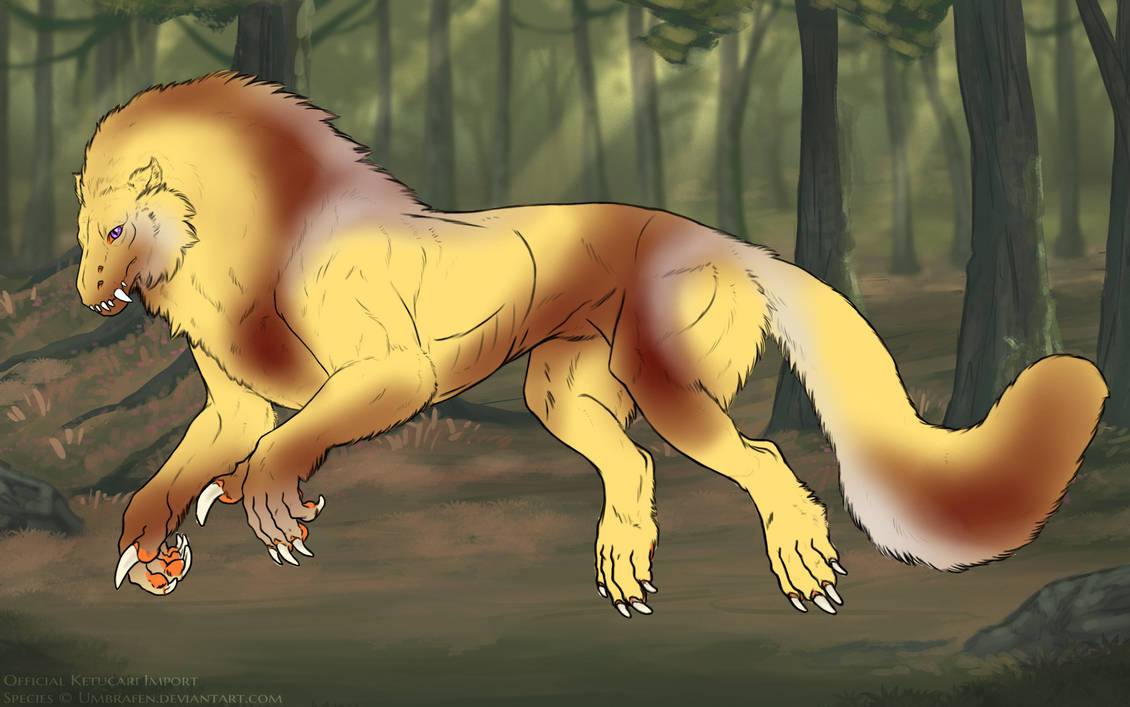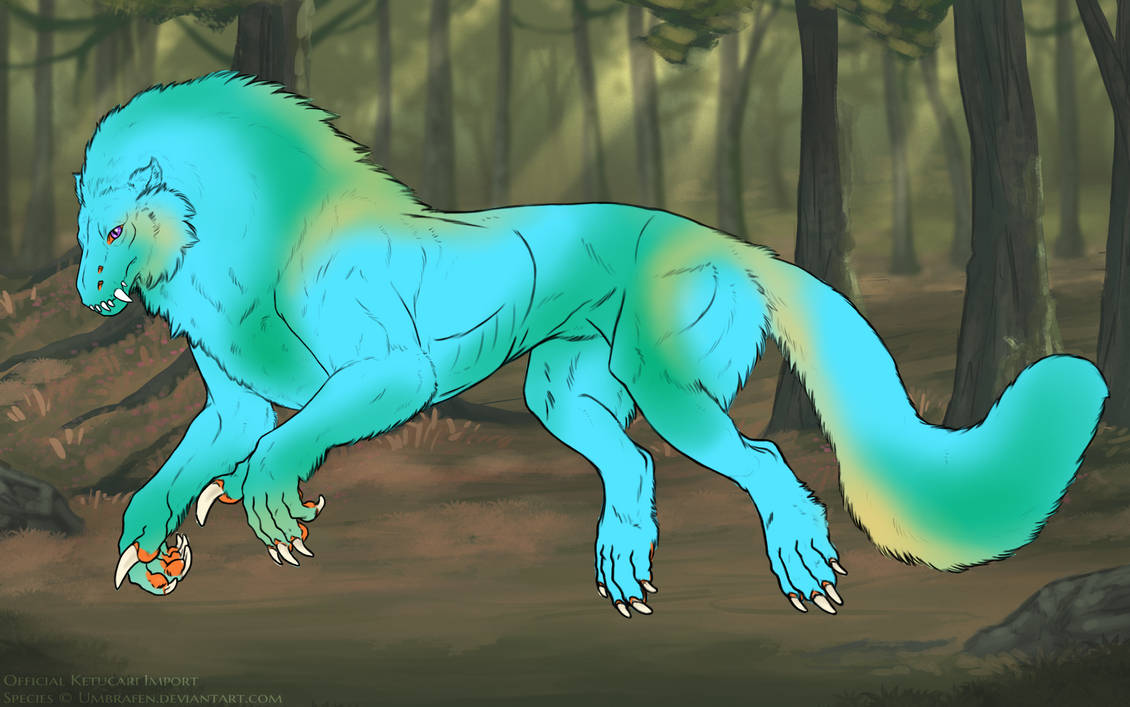Lintosi
Examples
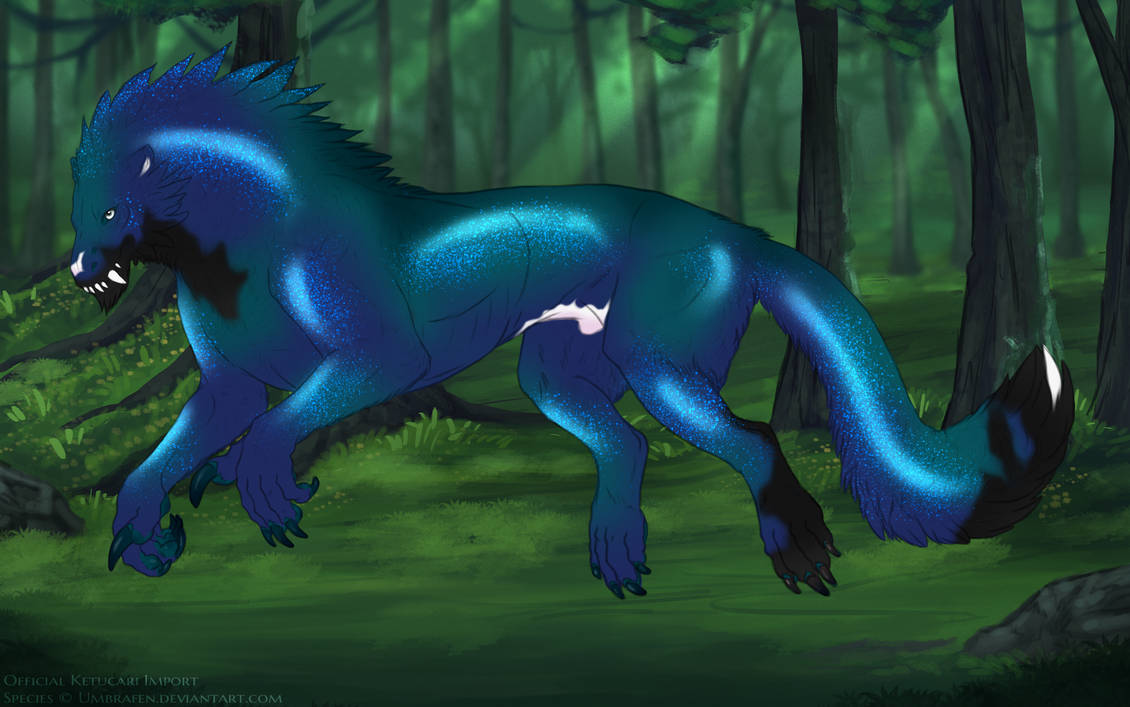
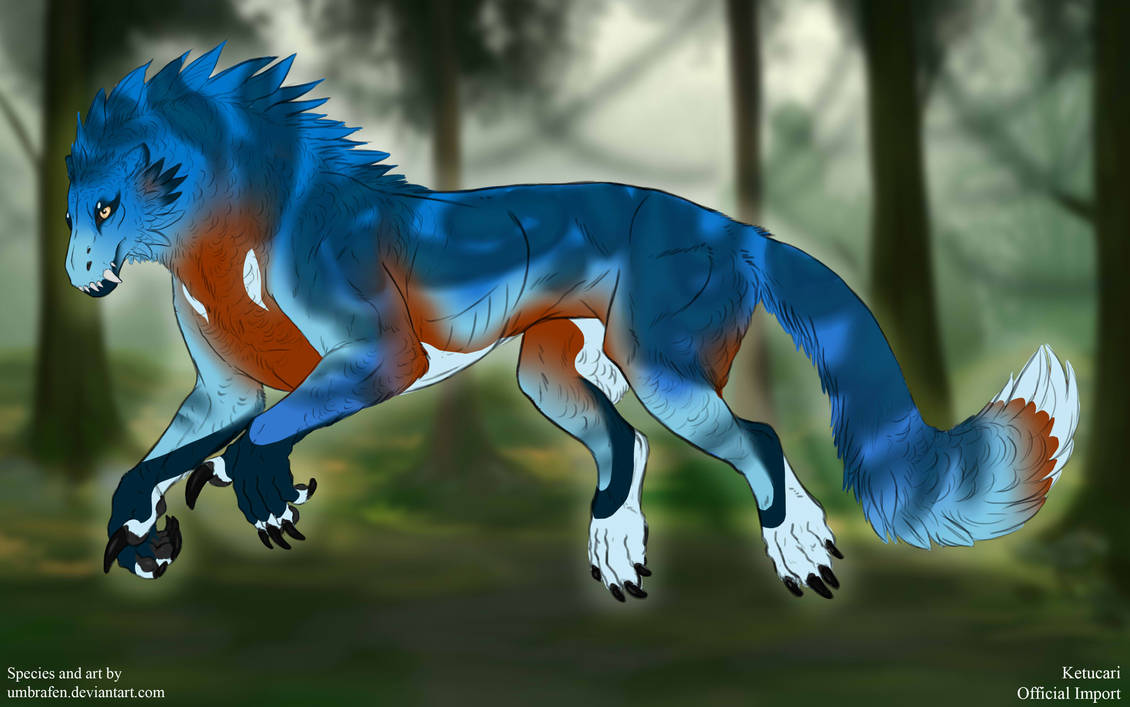
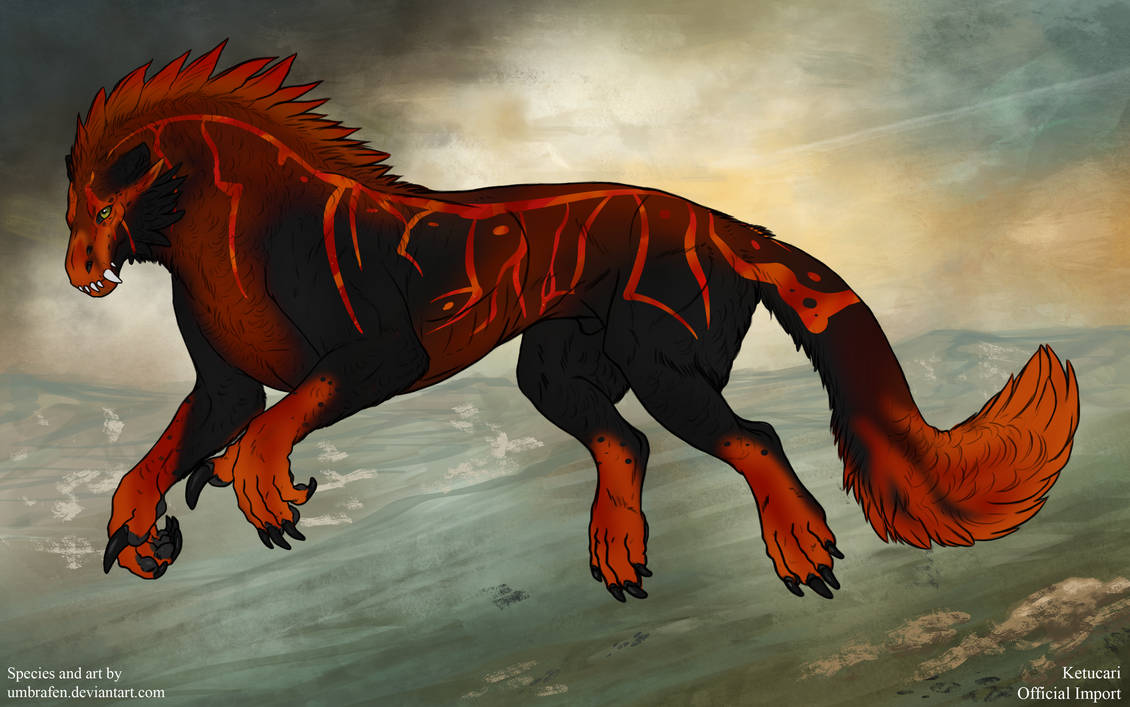
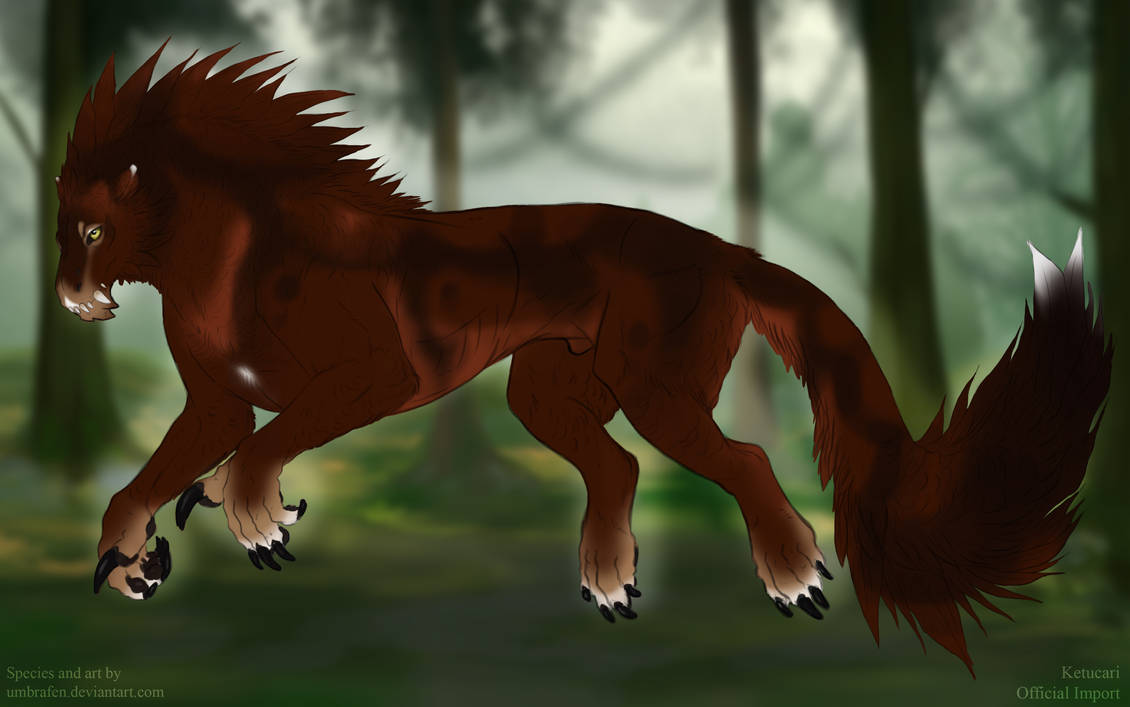
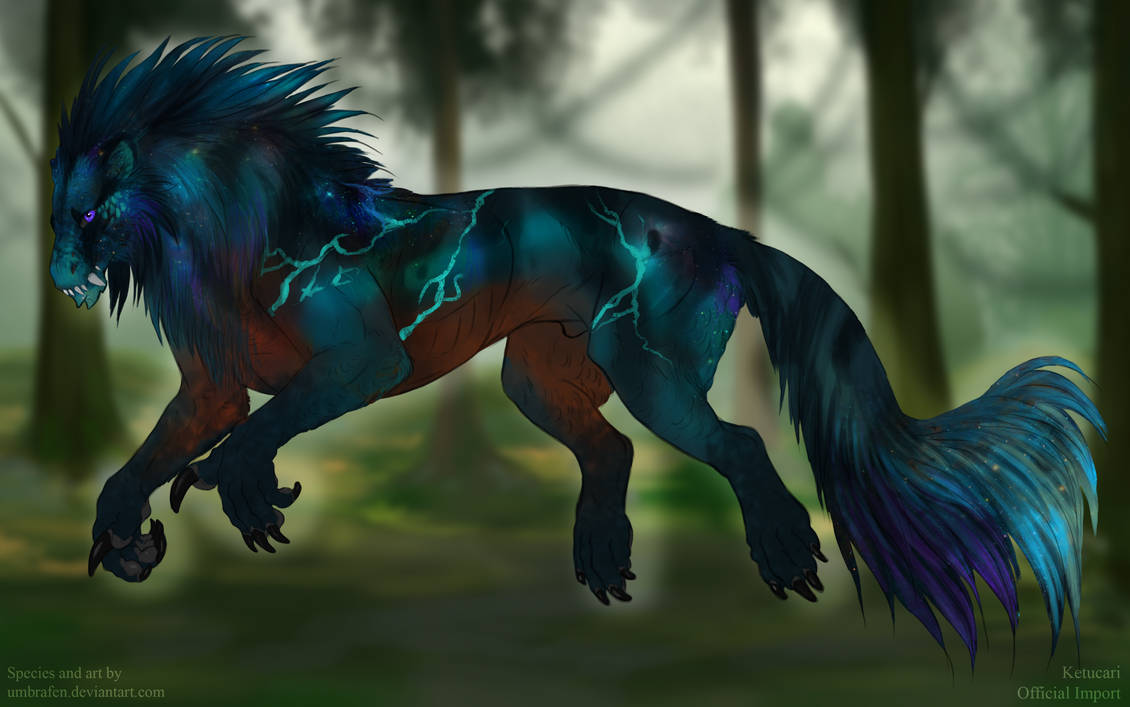
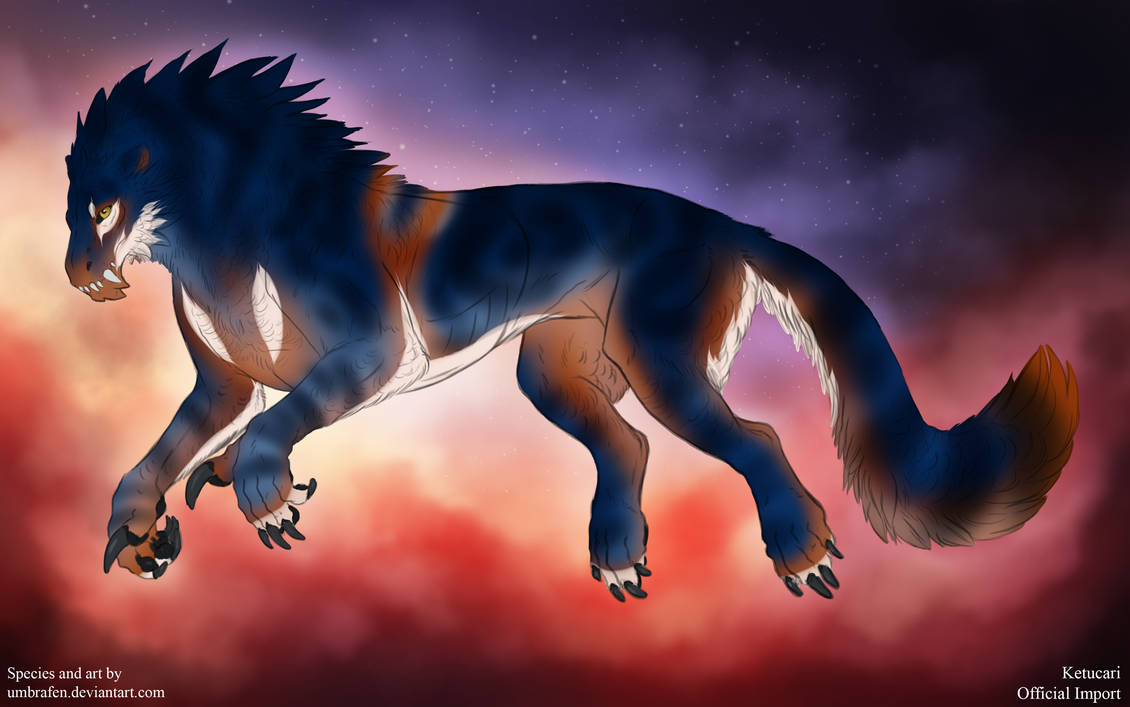
Basics
• In your ketucari's genotype, lintosi is denoted by the letters "nLs" (heterozygous) or "LsLs" (homozygous).
• In its heterozygous form, lintosi has a pass rate of 7%. Homozygous lintosi has a 32% pass rate.
Color and Shape
Ancestry:
------------------------------------------ SSS:Unknown
----------------- SS: Unknown
------------------------------------------ SSD: Unknown
Sire: Unknown
------------------------------------------ SDS: Unknown
----------------- SD: Unknown
------------------------------------------ SDD: Unknown
------------------------------------------ DSS: Unknown
----------------- DS: Unknown
------------------------------------------ DSD: Unknown
Dam: Unknown
------------------------------------------ DSS: Unknown
----------------- DD: Unknown
------------------------------------------ DDD: Unknown
Before designing your chimera cub, FIRST fill in their lineage to know exactly what colors can be used!
You do not need to color pick from the ancestor's base coat, any swatch from their base coat's sliders is acceptable. Both colors may come from One ancestor. If an ancestor has Lintosi, Chimera, or Tri-Lintosi, you may select from any of their displayed colors and/or their unmutated base coat. If an ancestor has Chromata, you may select from either displayed base coat.
If you select a modified base coat that allows dun striping, please note that you may not inclue the dun stripe unless your Chimera/Lintosi/Tri-Lintosi has a dun-striping permitting gene itself.
When selecting base coats from color mutations, you will need to follow those color mutation rules on that "side" of the geno. You may select from more than one mutation.
You may pull from albino for lintosi base coats. Only genes able to show on top of albino should appear on top of albino.
You may ALSO use the geno's own natural base coat in addition to, or instead of, colors from the ancestry.
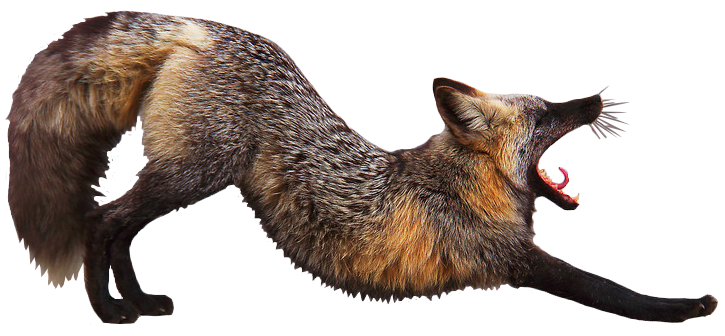
Cross Fox Shape Examples
Nonstandard Lintosi shape examples
(Comming Soon)
Range
Lintosi coloring covers the whole body.
Interaction with Other Markings
